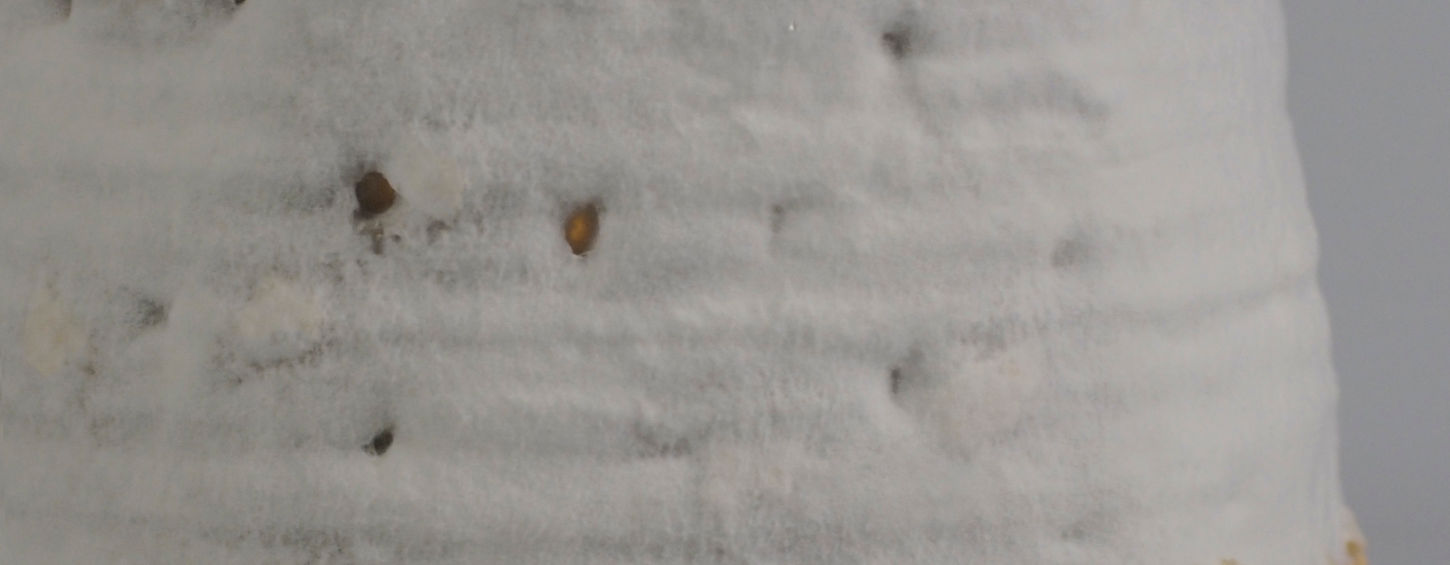FROM WASTE TO LIFE
Mycelial Skin in Bio-Digital Fabrication: Hybrid Pathways for Upcycling Fired Clay
2025
From Waste to Life is my Final Master Project that extended from my last project Arts of Living Aesthetics, where I explore the potential value from living beings for contributing to the circular material system.
This project proposes a novel route for upcycling fired ceramic waste by leveraging the surface-binding and structural properties of “mycelial skin”—a thin, biologically active fungal layer that forms at the interface between substrate and environment.
It combines parametric clay printing, recycled ceramic additives, and fungal cultivation to explore how Ganoderma lucidum can colonize and reinforce 3D-printed clay bodies containing up to 35% fired ceramic waste.
It aims to articulate new hybrid material pathways, where digital tools and living systems collaboratively reconfigure waste into possibility.
The project also investigates the potential of mycelium recycled clay composites as speculative design materials that rethink matter, waste, and living collaboration. Using a Material-Driven Design (MDD) methodology, explores how microbial life can actively shape material behavior. A series of handmade and 3D-printed prototypes, combining interaction, tactile exploration, and growth observation—demonstrate how mycelium transforms recycled clay substrates, both structurally and experientially. By evaluating tactile qualities alongside mechanical properties, the research reveals new material affordances and points toward the development of circular and co- evolving material systems that integrate living processes into design.
Publication
"Mycelial Skin in Bio-Digital Fabrication: Hybrid Pathways for Upcycling Fired Clay.” In Mycology for Architecture, edited by Dilan Ozkan. Forthcoming, 2025.
Report
Report M22 Final Report_Fengyuan_Exploring Bio-Affordances in Mycelium Clay Composite for Circular Material













